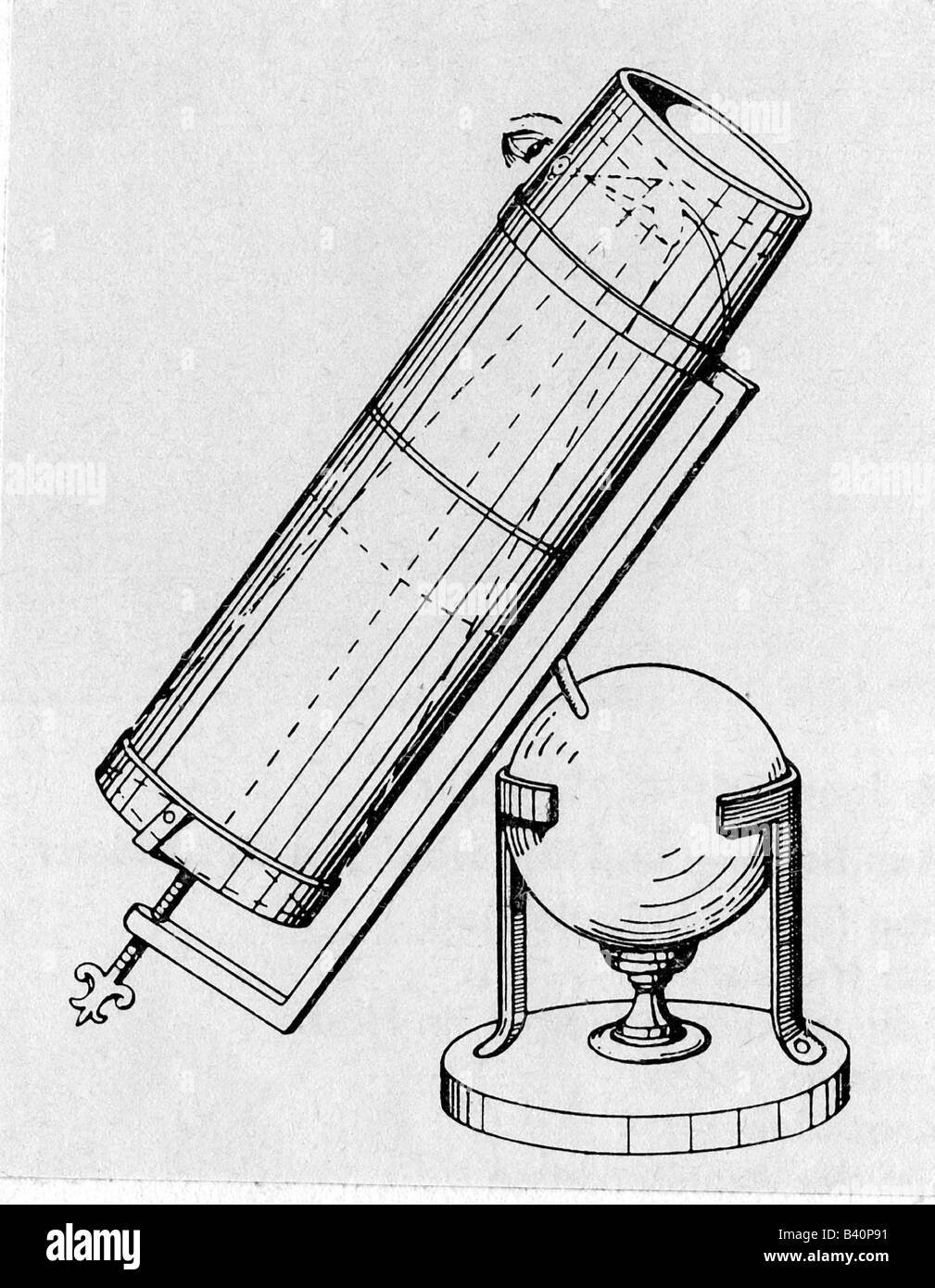

52) and other worlds, but who is most famous for his assiduous observations of the Moon over nearly 20 years. The first astronomer to devote much of his career to the Moon was Johann Hieronymus Schröter, who studied Venus ( S&T: Jan. The rim of the lunar crater Schröter is incomplete - in keeping with its namesake’s fragmentary lunar observations made over two decades. His works represented the lunar surface more realistically than any previous attempt. Having been repulsed by the poor quality of many existing lunar drawings, he produced more than 200 sketches over 40 years, combining them into gores for a glorious lunar globe (1797) and later two maps of the Moon (1805). Perhaps the most accomplished artist fascinated by the Moon was John Russell.

No lunar feature commemorates Mellan, but Pierre Gassendi, the scientist who asked him to make the drawings, has a splendid crater.

#1600s telescope drawing full
He combined them into a full Moon view, nudging them latitudinally to compensate for different librations. First was Claude Mellan, a famous Parisian illustrator who drew two quarter-phase maps in 1635 that look nearly photographic.
#1600s telescope drawing professional
Without a doubt the most beautiful maps of the Moon were created by professional artists. International Planetary Cartography Database Two lines of Latin at the end (highlighted in yellow) state: “By royal decree, the changing of the names of this image is forbidden, under penalty of censure also reproduction of any sort, the copy under penalty of confiscation and three florins.” In 1645, Michael Florent van Langren published the first Moon map with names for lunar features. 26), while those of his predecessors are forgotten. Riccioli’s names remain ( S&T: May 2015, p. Langren had named most craters for Catholic royalty and saints, but Johannes Hevelius used terrestrial geographic features, and Giambattista Riccioli - despite being a priest - selected an assortment of ancient and contemporary scientists and philosophers. Michael Florent van Langren came first, and despite the warning printed on his map not to change any of the identifications he gave “under penalty of censure,” the two lunar mappers who followed him did exactly that. Their works from 1645 to 1651 also introduced names for lunar features. The craters named Langrenus, Hevelius, and Riccioli honor three pioneering lunar cartographers. By observing these lunatics’ craters you can track the highpoints of telescopic lunar exploration. Here, then, are a few of the nearly two dozen craters named for passionate lunar mappers whom I particularly like because of the stories associated with them. Rather, I reason that anyone who drew a detailed map of the Moon must have spent years observing it - and thus qualifies. So whom do I consider a lunatic? Many scholars, from Lucretius in ancient Greece to Galileo and Newton, considered the Moon in their studies - but it was not the major part of their life’s work. In this sense I think of the Moon itself as a kind of planetary pantheon - the Lunar Hall of Fame - and although its opening hours are variable throughout the month, admission is free. We commemorate their work by assigning their names to lunar craters. The word lunatic comes from Latin, meaning “moonstruck.” In that context it applies to many of the observers who have devoted intense effort to studying the Moon. Labels identify the famously obsessed mappers in the author's Lunar Hall of Fame

Beginning in 1645, obsessed observers drew maps of the Moon's face in ever-greater detail.


 0 kommentar(er)
0 kommentar(er)
